11 Natural Remedies with Avocado
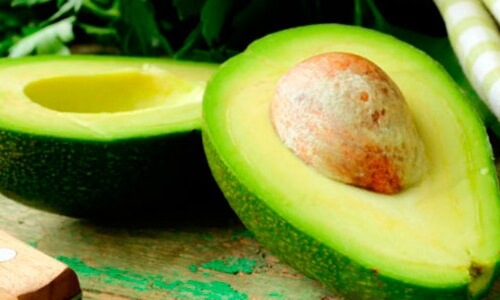
Avocado is a fruit native to Mexico and has many beneficial properties. It is shaped liked a pear, has a rough, dark green peel, a striking light-green interior and a large seed in the middle.Avocados contain all kinds of nutrients, which can be used in different all-natural treatments. Discover the best natural remedies with avocado!
You might like: How to Use Avocado Seeds to Treat Cellulite
Characteristics of Avocados
The avocado tree can grow up to 20 meters (65 feet) and produce 120 fruits per year, which is the only part you can eat as the bark and leaves are toxic (especially for pets).
The Aztecs regarded the avocado as the fruit of fertility. Moreover, “ahucuatl” in their language means “testicle.” They also believed it had aphrodisiac powers. Since then, it’s been used to treat male sexual problems.
Also, it has a lot of vitamin E, protects against heart disease and provides a healthy dose of monounsaturated fat, which lowers cholesterol, protects the arteries and dilates blood vessels so blood flows better. However, many people who are dieting do not eat this fruit because it is high in calories: each avocado contains 227 calories.
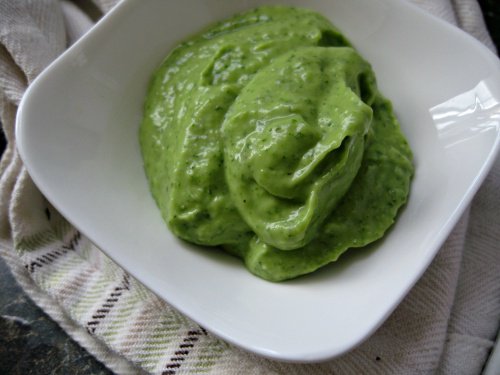
The avocado contains the ten most important natural mineral elements:
- Zinc
- Sodium
- Selenium
- Copper
- Potassium
- Manganese
- Magnesium
- Iron
- Phosphorus
- Calcium
All of these can help improve the cellular metabolism. Furthermore, the avocado has oleic acid which can help get rid of intestinal worms and free radicals, which helps prevent the occurrence of certain types of cancers, especially lung cancer.
There are many natural remedies with avocado because of its powerful medicinal properties. Avocado is recommended for people with rheumatoid arthritis and diabetes because it’s a wonderful source of vitamin A, B6 and folic acid.
Avocados can help reduce gas, improve vision, relieve bleeding gums, combat diarrhea, strengthen bones, and counteract the flu and colds. They are also effective against constipation and relieve headaches, among other uses.
With external use, the avocado (more precisely, its oil) delays skin aging, giving a healthy, smooth and wrinkle-free appearance. It keeps hair stay shiny and silky, and is used to control stretch marks and dry skin. It also fights dandruff, lice and nits.
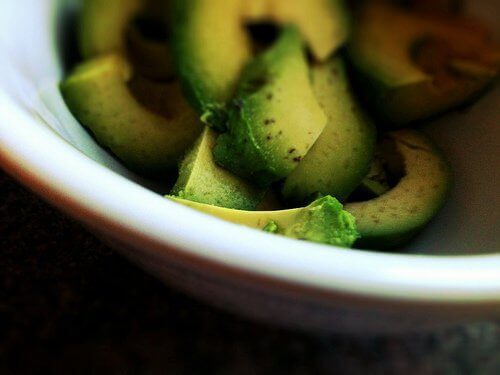
Natural remedies with avocado
To eliminate dandruff
Grind the avocado seed with castor oil and rub this paste on the scalp. Cover with a plastic cap or nylon bag, let stand for two hours and then rinse with warm water. Afterward wash as usual.
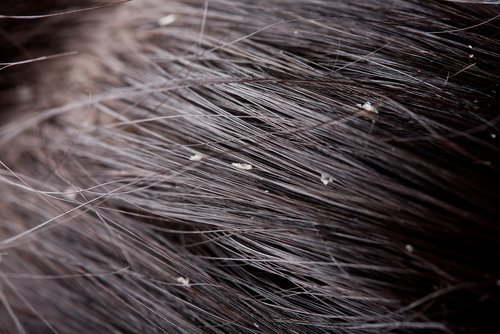
You might like: 7 Home Remedies to Treat Dandruff
To expel intestinal worms
Drink a cup of tea made with an avocado seed or shell soaked in hot water, always on an empty stomach.
To kill lice and nits
Boil five crumbled avocado seeds and two sprigs of ruta (also known as rue or herb of grace) in 8 ounces of water. Let it cool a bit and when it is warm, rub it onto the scalp. Then wrap your head with a towel and let sit for half an hour. Then rinse with warm water and wash with shampoo and conditioner.
To fight wrinkles
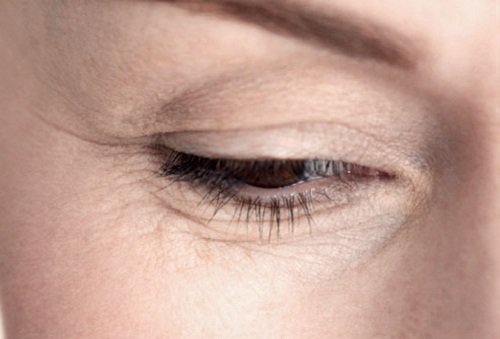
Cut an avocado in half and remove the pulp. Smash it well and add a few drops of olive oil until it becomes a smooth paste. Apply it to your clean face and neck. Let stand for 30 minutes and remove it with warm water. Then apply a homemade moisturizer.
To soften chapped lips
Melt a tablespoon of coconut oil, half a teaspoon of shea butter, and half a teaspoon of avocado oil in a double potboiler. Stir well and let it cool while covered. Store it in the refrigerator and apply it every night on lips. Don’t rinse.
To alleviate psoriasis
Open an avocado in half and rub directly on the area affected by the disease. Another alternative is to apply with a cotton swab soaked in avocado oil.
To regulate cholesterol
Eat a raw avocado every day: use as a substitute for mayonnaise on sandwiches, as an ingredient for salads or as a mid-afternoon snack. This can reduce triglycerides by up to 15% in a month.
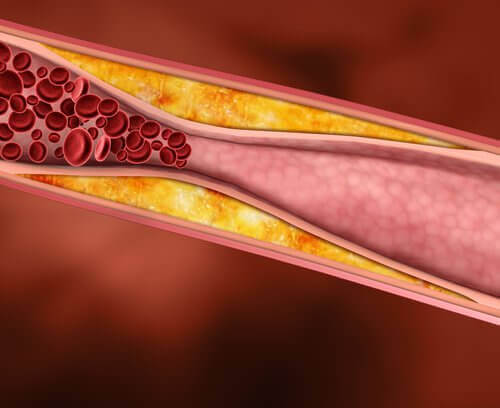
To moisturize dry hair
Mix one cup of mayonnaise with the pulp of half a ripe avocado until it forms a smooth paste. Spread it throughout the hair, wrap your hair in a hot towel, and let it sit for 20 minutes. Then rinse with warm water and wash as usual. Repeat once a week. If you want a healthier option, instead of mayonnaise, you can use an egg and lemon juice with the avocado pulp.
To reduce stretch marks
Stretch marks usually emerge after childbirth or repeated weight loss or gain. To reduce their appearance, mix the pulp of a medium avocado with a tablespoon of lemon juice and a tablespoon of honey. When you get a smooth paste, apply it to the affected area with circular movements, always on clean skin. Then rinse with warm water and apply a moisturizer.
To remove ulcers or canker sores
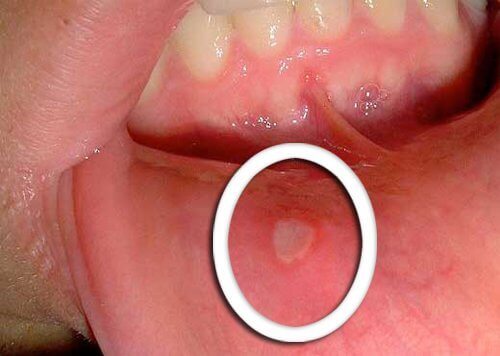
Wash a piece of avocado skin and chew without swallowing it. Let the resulting liquid spread throughout the mouth. Repeat this several times and then throw out the avocado skin.
To reduce diarrhea
Wash the avocado seed and place it in a bowl. Put it in the oven and, once it is toasted, grind it up until it is powder. Dissolve two tablespoons of the powder in a cup of warm water and drink it.
We hope you’ve enjoyed discovering all the benefits of natural remedies with avocado!
All cited sources were thoroughly reviewed by our team to ensure their quality, reliability, currency, and validity. The bibliography of this article was considered reliable and of academic or scientific accuracy.
- Cowan, A. K., & Wolstenholme, B. N. (2015). Avocado. In Encyclopedia of Food and Health. https://doi.org/10.1016/B978-0-12-384947-2.00049-0
- Dreher, M. L., & Davenport, A. J. (2013). Hass Avocado Composition and Potential Health Effects. Critical Reviews in Food Science and Nutrition. https://doi.org/10.1080/10408398.2011.556759
- Rodríguez-Carpena, J. G., Morcuende, D., Andrade, M. J., Kylli, P., & Estevez, M. (2011). Avocado (Persea americana Mill.) phenolics, in vitro antioxidant and antimicrobial activities, and inhibition of lipid and protein oxidation in porcine patties. Journal of Agricultural and Food Chemistry. https://doi.org/10.1021/jf1048832
- Sanders, M. G., & van Doorn, W. G. (2004). The Avocado: Botany, Production and Uses. Postharvest Biology and Technology. https://doi.org/10.1016/j.postharvbio.2003.11.010
This text is provided for informational purposes only and does not replace consultation with a professional. If in doubt, consult your specialist.








